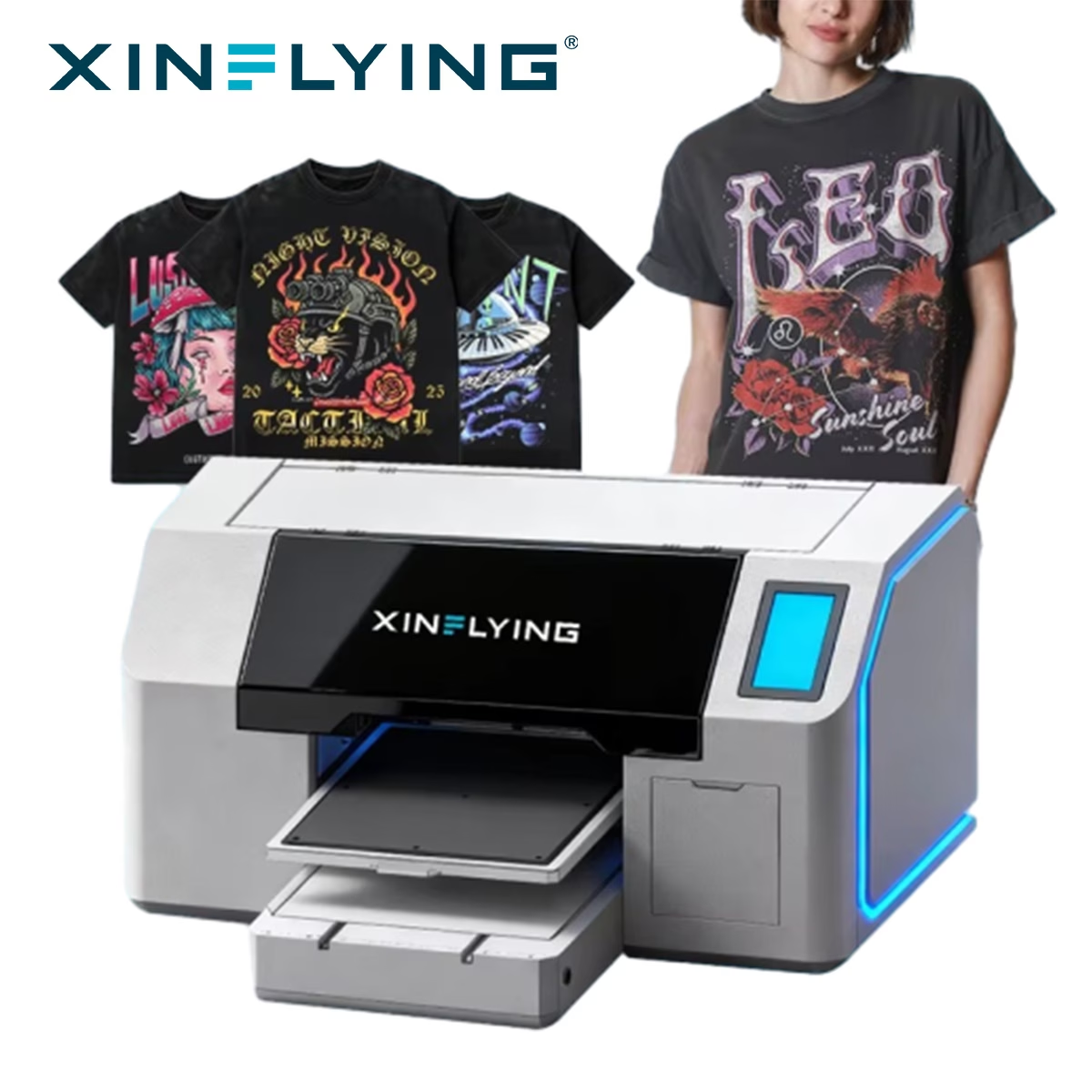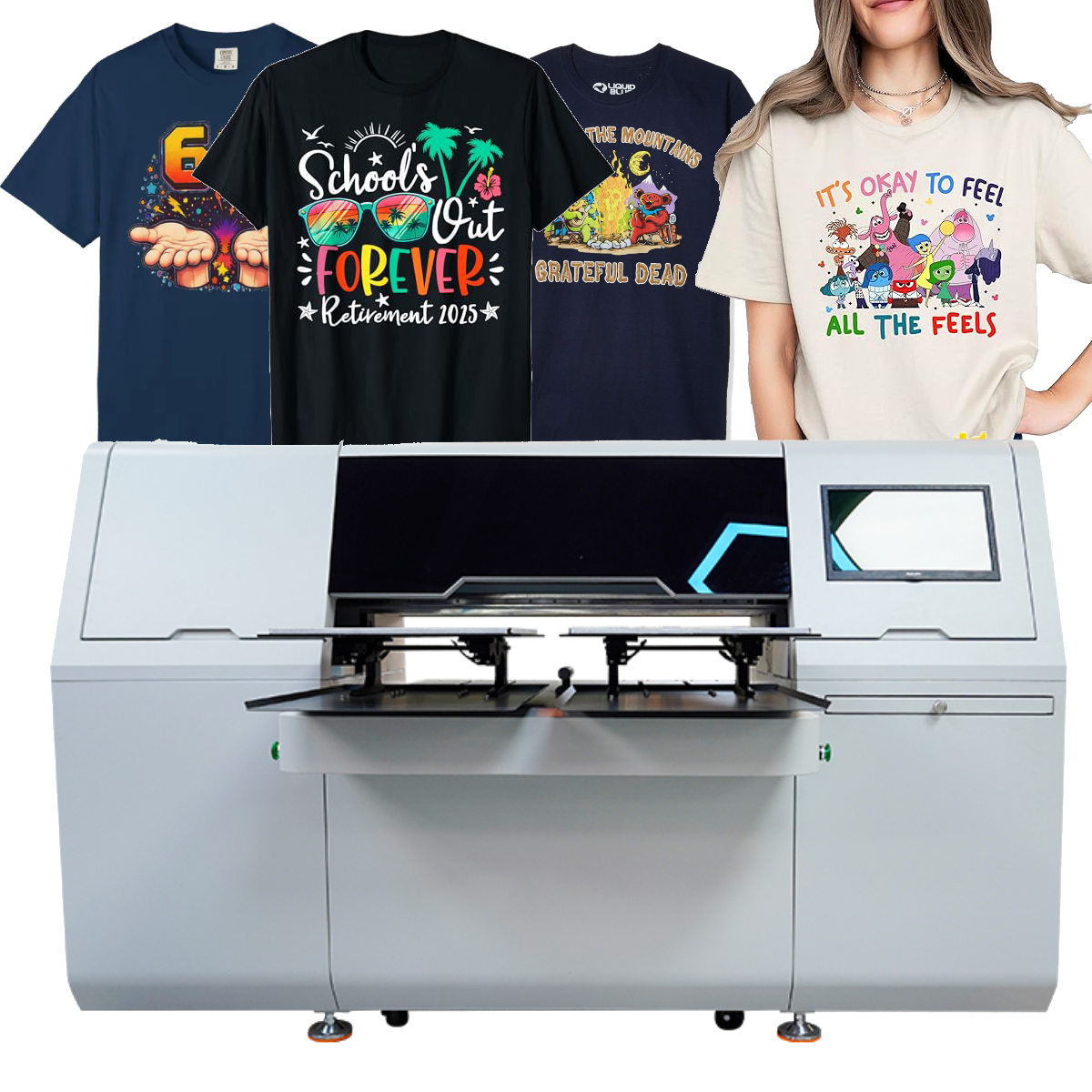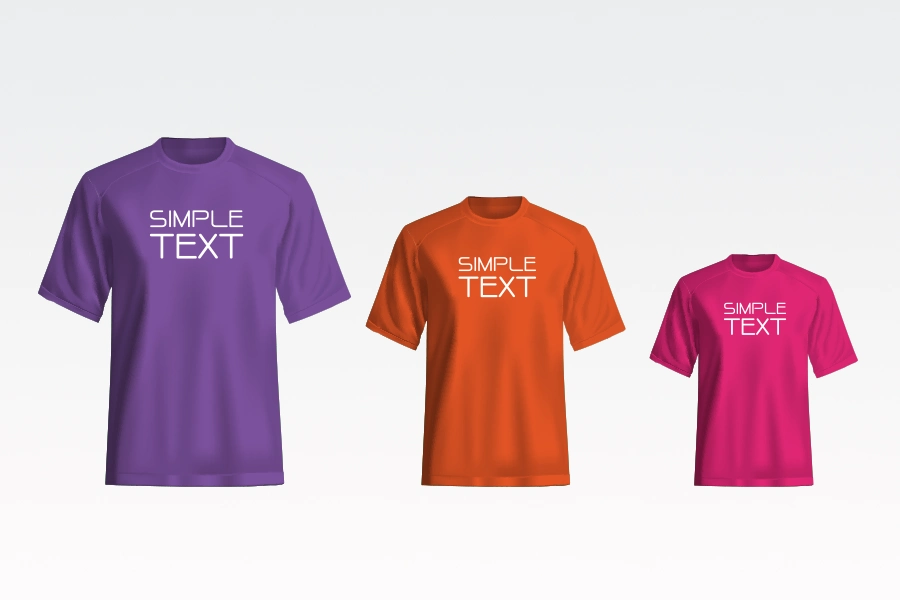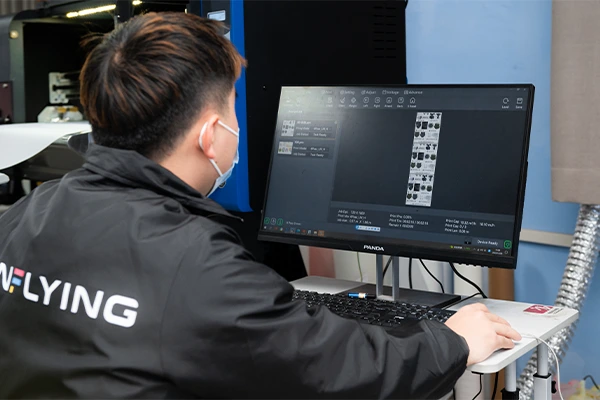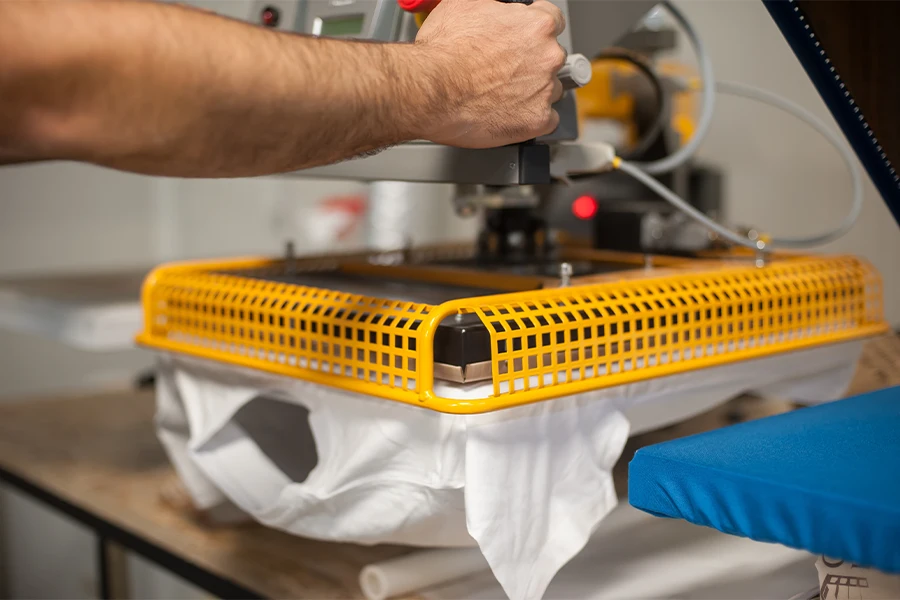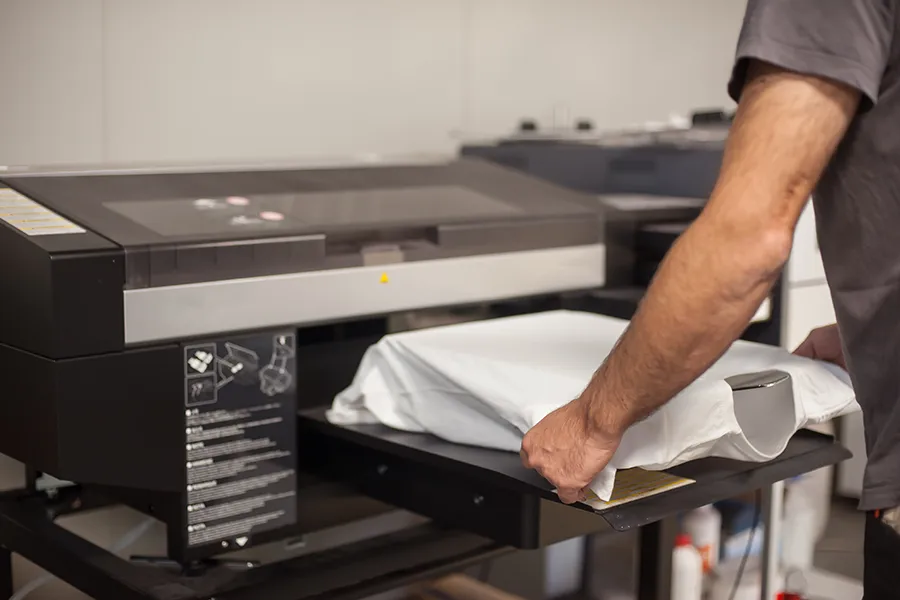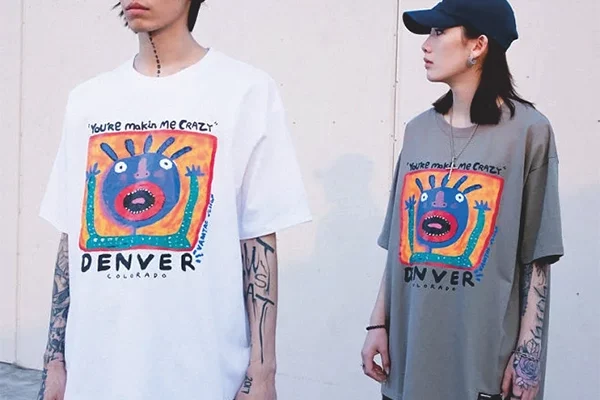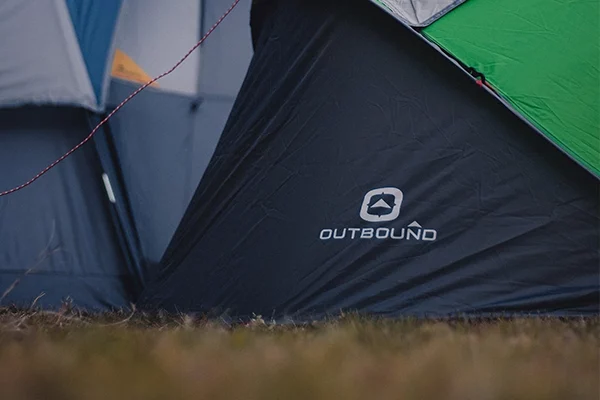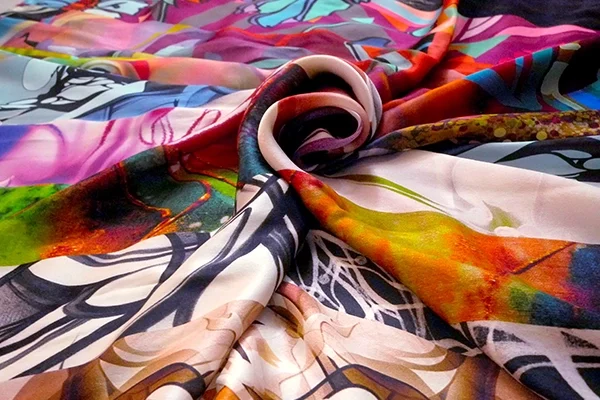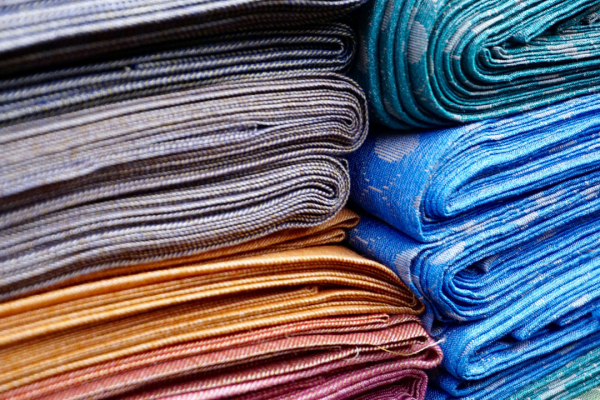
White Ink Circulation
The white ink automatic circulation system effectively prevents ink precipitation, reduces ink wastage, lowers operation cost, and maintains consistent ink concentration at all times to achieve constant output.
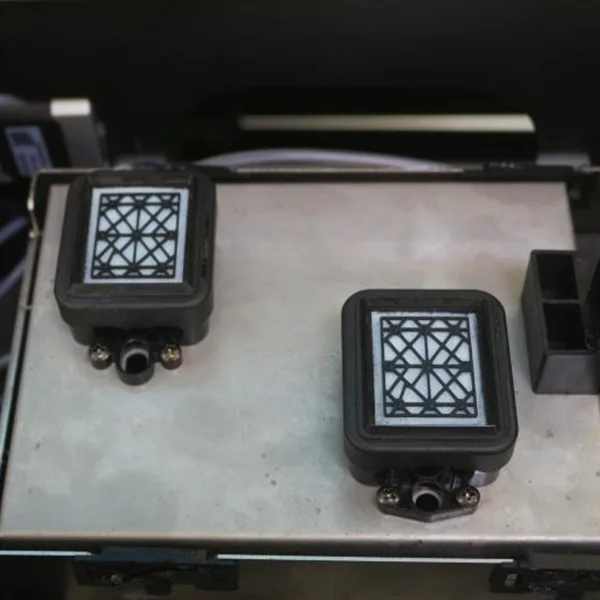
Automatic Lifting System
Equipped with an infrared sensor, it can accurately measure the height of the printing platform and automatically adjust the height to avoid stuck paper and operator accidents.
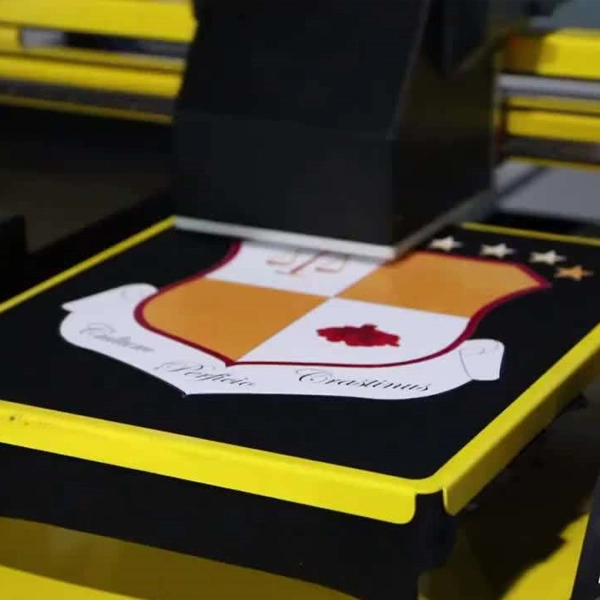
Multiple Printing Platforms
It’s loaded with three removable printing platforms to meet garment print size requirements and improve work efficiency. The platform’s installation and replacement process is extremely simple.


